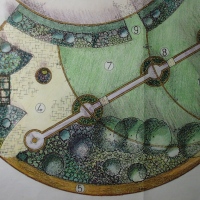 As the heat (hopefully) builds, July’s the time to ease off and work smarter, not harder in the garden, and actually take time to enjoy it!
As the heat (hopefully) builds, July’s the time to ease off and work smarter, not harder in the garden, and actually take time to enjoy it!
1. Food, glorious food…
- Get a bumper vegetable harvest – now’s the time to reap a lot of what you’ve sown, but there’s still time to plant extra crops – like carrots
- Pick courgettes before they become marrows
- Sow chard for a winter crop
- Summer prune redcurrants and gooseberries once the crop has been picked (or do it at the same time)
- Keep an eye on the watering and try to do this early or late in the day to avoid evaporation during hot spells
- Keep on top of the weeding in your food crops
2. Extend your flowering season
Now we’re in July your garden maybe just past its peak, so take some action to prolong the flowering value of some plants:
- Cut back early-flowering perennials to the ground and they will send up fresh leaves and maybe even the bonus of some extra late-summer flowers (e.g Geraniums, Nepeta)
- Give them a boost after pruning with a good soak of water and some tomato feed
- Exploit plants’ desperate need to set seed by removing blooms as they fade. This will encourage them to produce more flowers to replace them
- Remember that plants in containers are dependent on you for their water as they’ll get little benefit from any rain. Give them a good soak at least once a day in sunny weather
3. Look after your pond
- Look out for any yellowing leaves on water lilies and other water plants and remove them promptly- allowing them to fall off and rot in the water will decrease water quality and encourage algal ‘blooms’
- Remove blanket weed with a net or rake to let oxygen into your pond. Remember to give aquatic life a chance to get back to the water by piling the weed next to the pond for a day. Add a football-sized net of straw to your pond (you can use old tights or stockings) to reduce the nitrogen levels if blanket weed is a continuous problem
- Top up water levels. Water can evaporate rapidly from water features and ponds in the height of summer, so top them up if the water level drops significantly. Fresh rainwater from a water butt is best – chemicals in tap water can affect the nutrient balance in the pond
4. Stay watchful in the greenhouse
- Check plants daily, and once again, water first thing in the morning or in the evening to reduce water loss through evaporation
- Harden off and plant out any plug plants that you have been growing on
- Damp down your greenhouse on hot days to increase humidity and deter red spider mites; placing a bucket or watering can of water inside can help to maintain humidity
- Open vents and doors daily to provide adequate ventilation
- Use blinds or apply shade paint to prevent the greenhouse from over-heating in sunny weather
5. Relax in your Deck/armchair and…
- Order catalogues for next year’s spring-flowering bulbs
- Order perennial plants online now ready for autumn delivery
- Think about which bulbs you would like for next spring – now is the time to order ready for autumn planting
- Make a note of your garden’s pros and cons at this time of year to remind you of any changes that you need to make for next year – and take photos so that you can accurately see what it looks like once things have died down
- Have a leisurely walk around the garden and use string of different colours tied to the stems of plants you are marking out for removal, division etc.
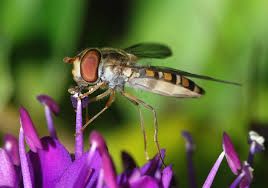
Encourage pest predators like hoverflies by attractive plantings and think about creating winter homes for them now
6. Strengthen your alliance with nature for pest and disease control…
- Look after your aphid eaters – ladybirds, hoverflies and lacewings feast on greenfly and blackfly so it is worth protecting them by avoiding pesticides which will kill them as well as the pests. And why not take steps now to prepare suitable winter habitats for these and other ‘gardeners’ friends’ – e.g. bug hotels, timber piles, areas of long or rough grass or nettles etc.
- Look for aphids on the underside of leaves – rub them off by hand or spray with an organic insecticide to prevent them multiplying
- Keep an eye out for scarlet lily beetles on your lilies – remove and crush any you see. Also check for the sticky brown larvae on the underside of leaves
- If your plants are wilting for no obvious reason then check for vine weevils by tipping your plants out of their pots and looking for ‘C’ shaped creamy maggots amongst the roots – treat with nematodes if vine weevils are spotted
- Tidy up fallen leaves, flowers and compost – this will prevent potential pest and disease problems
7. Stop plants drying out
- For recently planted large shrubs or trees, leave a hose trickling around the base for an hour. The same goes for established plants in very dry periods – pay particular attention to camellias, rhododendrons, azaleas and hydrangeas which will abort next season’s flowers if they get too dry. Mulch around the roots when moist to help avoid this.
- Recently planted hedges are best watered with a trickle hose (a length of old hose punctured with little holes) left running for an hour or so
8. Give houseplants a summer holiday
- Many indoor plants benefit from being placed outside for the summer. Moving many plants out of the conservatory will save them from baking under glass, and lessen some pest and disease problems, such as red spider mite
- Ventilate and shade sunrooms and conservatories to prevent scorch damage to remaining plants
- Water houseplants freely when in growth, and feed as necessary (often weekly or fortnightly)
9. Paint your wagon…
- Give woodwork like sheds, fences, pergolas etc. a lick of paint or preserver, while the weather is dry
10. Gimme shelter
- Slow down and give yourself and your plants a rest from the heat; fix temporary awnings to provide shade in the hottest part of the day – for you and your tenderest plants!
Old School Gardener
If you’ve enjoyed reading this post and others on this blog, why not comment and join others by signing up for automatic updates via email (see side bar, above right ) or through an RSS feed (see top of page)?

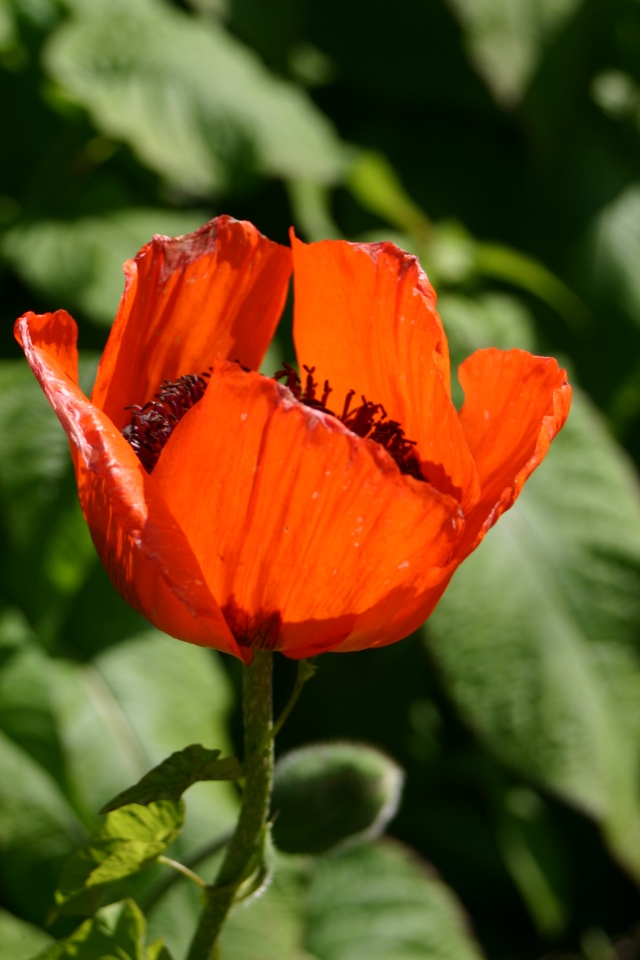
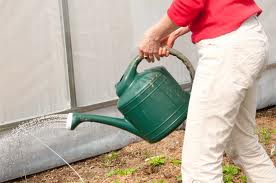
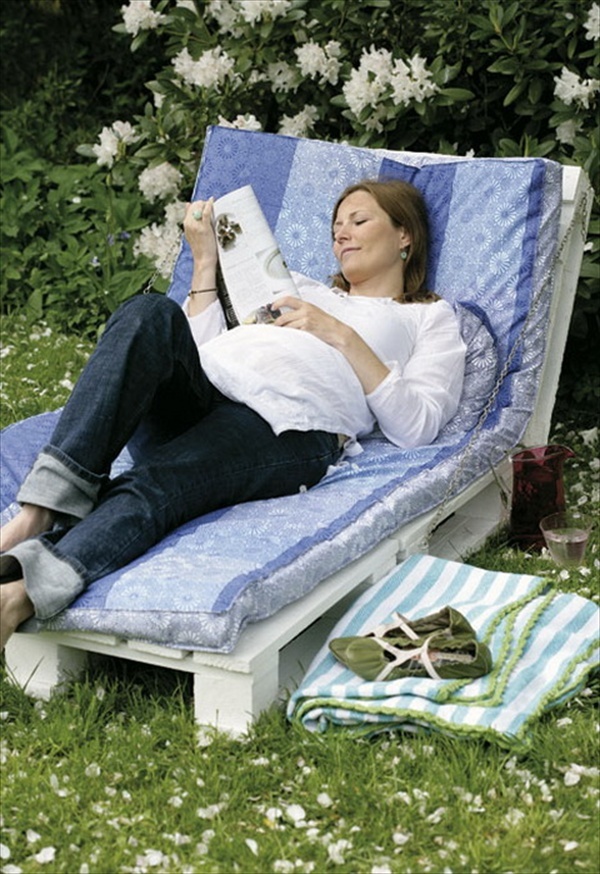
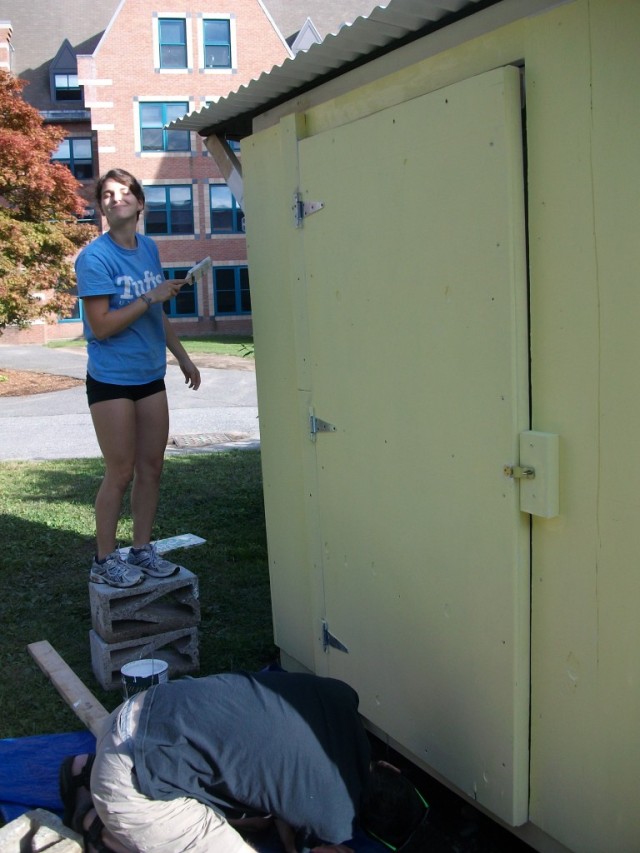





 My latest session at Blickling was spent in the Walled Garden, once more. On my way I stopped to look at the wonderful display of Tulips in the Double Borders, caught in the early morning sun.
My latest session at Blickling was spent in the Walled Garden, once more. On my way I stopped to look at the wonderful display of Tulips in the Double Borders, caught in the early morning sun.












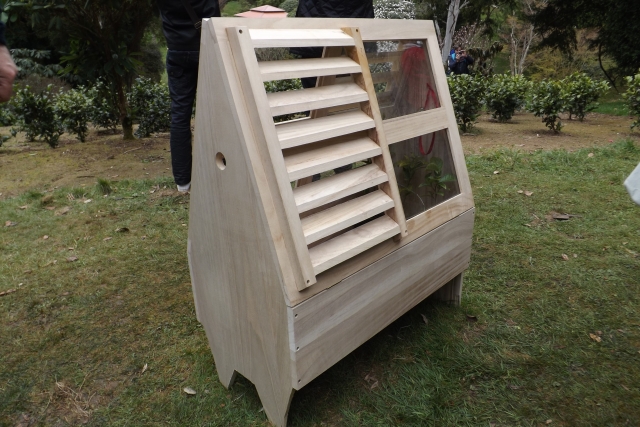
 Heat Sink Greenhouse- heat is absorbed by the stone trough during the day and relased at night.
Heat Sink Greenhouse- heat is absorbed by the stone trough during the day and relased at night.
 I’ve previously had a
I’ve previously had a 
































